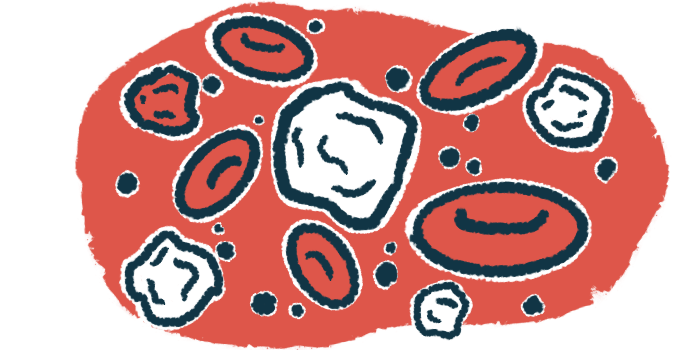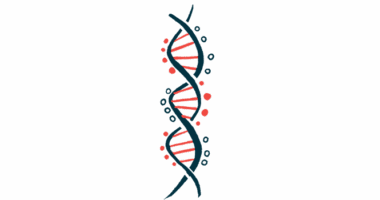2 proteins could be targets for future CTEPH treatment: Study
Platelet proteins identified as biomarkers of disease severity, progression

Two proteins associated with the aggregation and activation of platelets may serve as biomarkers of chronic thromboembolic pulmonary hypertension (CTEPH) severity and progression, according to a study conducted in China.
The proteins, PAD4 and NOX2, were elevated in platelets of people with CTEPH compared with healthy individuals, suggesting they may be part of the molecular mechanism leading to the disease.
“The discovery of these key proteins could not only deepen our understanding of the molecular basis of CTEPH but also potentially reveal new treatment targets, offering hope for improved management of this challenging disease,” the researchers wrote.
The study, “Proteomic insights into platelet dysregulation and pathogenic mechanisms of chronic thromboembolic pulmonary hypertension,” was published in the Journal of Translational Medicine.
CTEPH is a rare form of pulmonary hypertension (PH), a disease characterized by abnormally high pressure in the lungs’ blood vessels, caused by the formation of blood clots that restrict blood flow to the lungs. This reduces oxygen delivery to tissues and may lead to pulmonary hypertension symptoms like shortness of breath, fatigue, and right heart failure.
Exploring platelets
Although excessive activation and dysfunction of platelets, small cell fragments crucial for clotting, have been linked to CTEPH, “their precise contribution to CTEPH and the underlying mechanisms remain unclear,” the investigators wrote.
To gain more insight, they conducted a study to identify and quantify proteins differentially expressed in the platelets of adults with CTEPH.
Seven participants with CTEPH and five controls formed an initial group. The validation group, in which identified proteins were further studied, enrolled 26 people with CTEPH and 20 controls.
From a total of 5,554 proteins identified, 179 were differentially expressed — 111 elevated and 68 decreased — in the platelets of people with CTEPH. Biological pathways involved were related to processes such as coagulation, activation of the complement system (a component of the immune system), and the formation of neutrophil extracellular traps (NETs).
NETs are web-like structures composed of DNA and certain proteins that are released by neutrophils, a type of immune cell.
In the validation group, CTEPH patients had significantly higher levels of NOX2, PAD4, ITGB2, cathepsin G (CTSG), and HMGB1 than healthy controls. In particular, NOX2 , PAD4, and CTSG showed high diagnostic efficiency. According to the researchers, this “means that these proteins may be key nodes in the pathogenesis [disease processes] of CTEPH, providing potential biomarkers for the early diagnosis.”
Both PAD4 and NOX2 were significantly associated with parameters of right heart dysfunction and high pulmonary arterial pressure. The results indicated that PAD4 levels reflected the severity of CTEPH and worsening of right heart function, the researchers noted.
P-selectin, a marker of platelet activation, and myeloperoxidase-DNA (MPO-DNA) complex, an indicator of NET formation, were also elevated in people with CTEPH. The levels of MPO-DNA were associated with the levels of ITGB2 and P-selectin.
“These findings indicate that platelet-neutrophil interactions are closely associated with NET formation, and the presence of NETs may influence delayed [blood clot] resolution and contribute to the progression of CTEPH,” the researchers wrote.
They proposed a model for platelet involvement in CTEPH: First, platelets adhere to damaged blood vessels and start to form aggregates, then P-selectin-mediated signals attract neutrophils, which bind to platelets in a process where ITGB2 plays a key role. The study also suggested that the formation of platelet-neutrophil aggregates can induce neutrophils to release NETs, the scientists said.
“Important proteins, such as NOX2 and PAD4, were discovered to be strongly correlated with the severity of the disease and the function of the right heart, indicating that they may be used as therapeutic targets and biomarkers for the advancement of CTEPH,” the researchers wrote.
The investigators said the study “offers fresh perspectives on the disease mechanism by highlighting the critical roles that PAD4 and NOX2 play in platelet activation and NET formation in CTEPH.”








